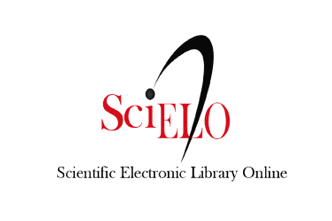Redes desarticuladas y cambio tecnológico: ascenso y ocaso de Nokia como innovador en el mercado de teléfonos móviles
DOI:
https://doi.org/10.25097/rep.n20.2014.04Palabras clave:
Innovación, Teoría del Actor Red, Micropolítica de la Innovación, Nokia, Teléfono Móvil.Resumen
Este artículo plantea un análisis posible del objeto “Sistema Operativo Móvil para teléfonos inteligentes” y su influencia en el desempeño de Nokia como empresa fabricante de teléfonos móviles. A través del análisis de caso se busca dar herramientas para pensar el fenómeno de la innovación proponiendo un acercamiento complejo a los fenómenos tecnológicos y su dimensión económica y social. Para ello recurrimos a la Teoría del Actor Red (TAR), analizando las redes de actores humanos-no humanos, los programas declarados por Nokia y los anti- programas sobre los cuales buscaba operar la empresa. Estudiamos la gestión de la innovación dentro de Nokia a través de un abordaje a la micropolítica de la innovación. Tras introducir características de la industria y su evolución tecnológica, analizamos el sistema operativo (OS) Symbian y el rol del mismo en el nuevo paradigma. Luego de avanzar sobre la influencia de Symbian Ltd en Nokia, se analiza su influencia en la postergación de Nokia en las innovaciones de telefonía celular. Para ello, se analizan las propiedades configurativas del objeto Sistema Operativo Móvil, y su impacto sobre Nokia, como habilitadoras y desarrolladoras de redes de actantes humanos y no humanos. Se discuten las relaciones entre hardware y software, como así también las uniones ‘no fortuitas’ de innovaciones que esto implica. Se concluye y elabora sobre la centralidad del objeto ‘Sistema Operativo Móvil’ en la configuración de las nuevas redes entre actores híbridos en la industria de la telefonía móvil.






